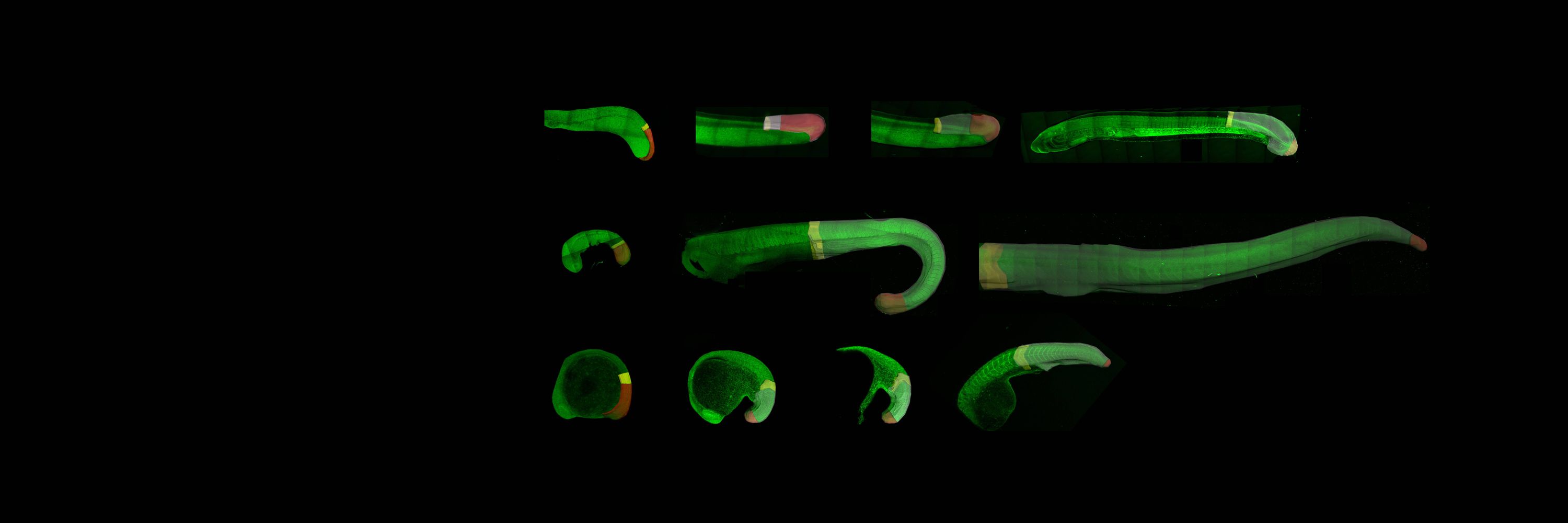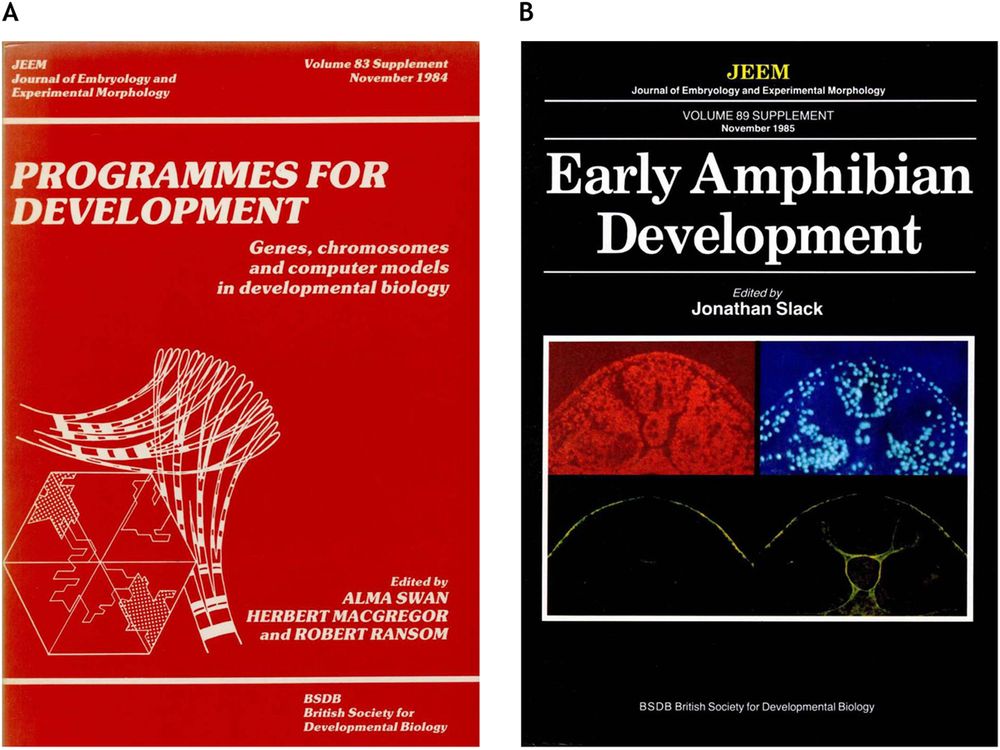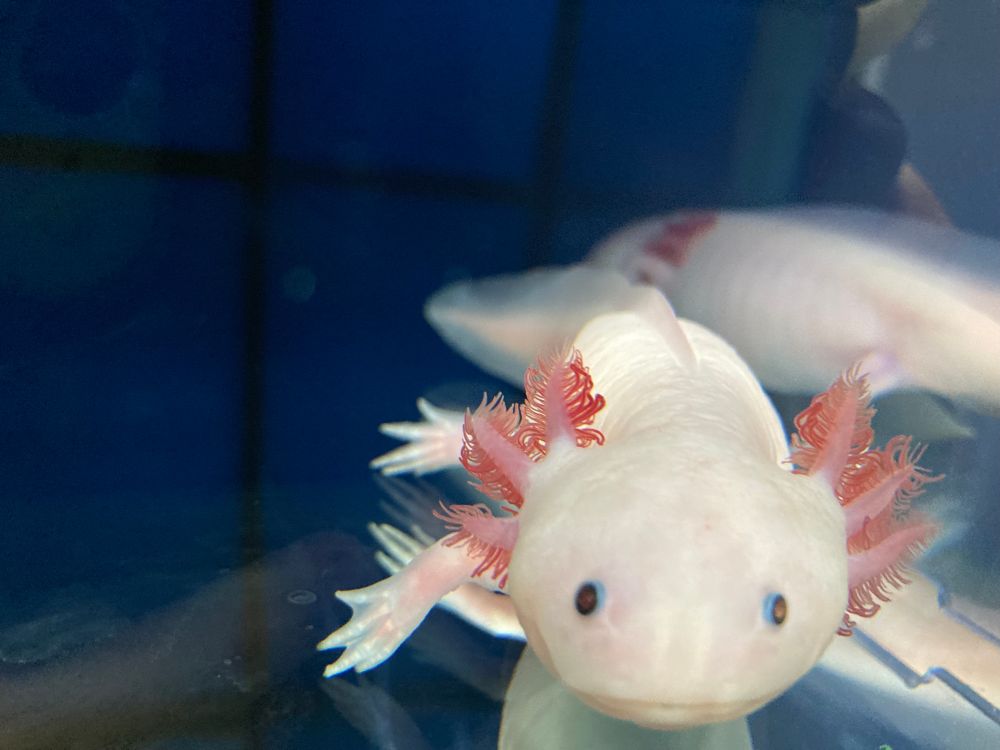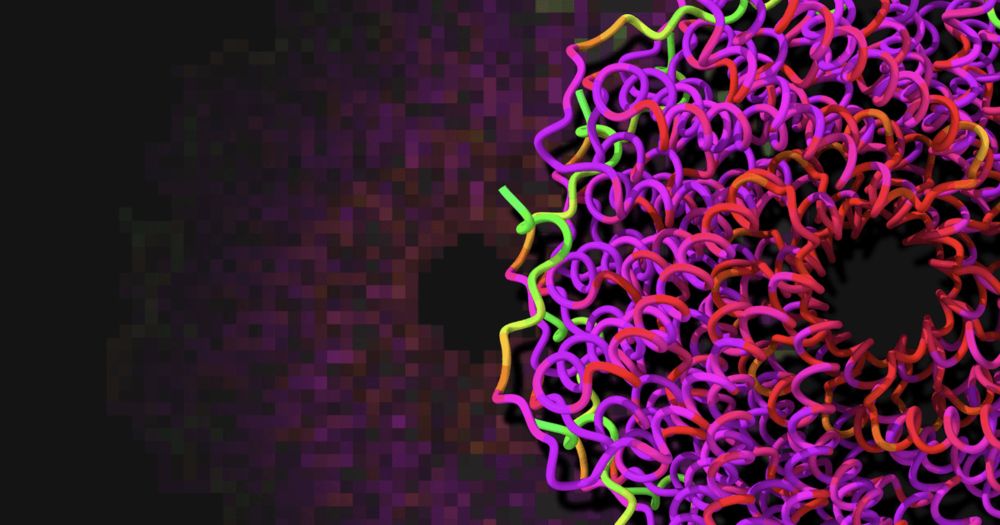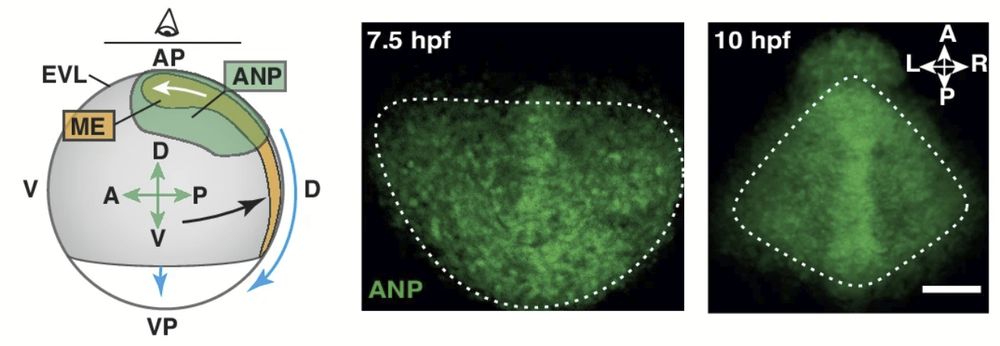Posts
Media
Videos
Starter Packs
Pinned
Reposted by Ben Steventon
Reposted by Ben Steventon
Reposted by Ben Steventon
Reposted by Ben Steventon
Reposted by Ben Steventon
Reposted by Ben Steventon
Reposted by Ben Steventon
Reposted by Ben Steventon
Reposted by Ben Steventon
Reposted by Ben Steventon
Reposted by Ben Steventon
Sergio Menchero
@sermenchero.bsky.social
· Aug 11
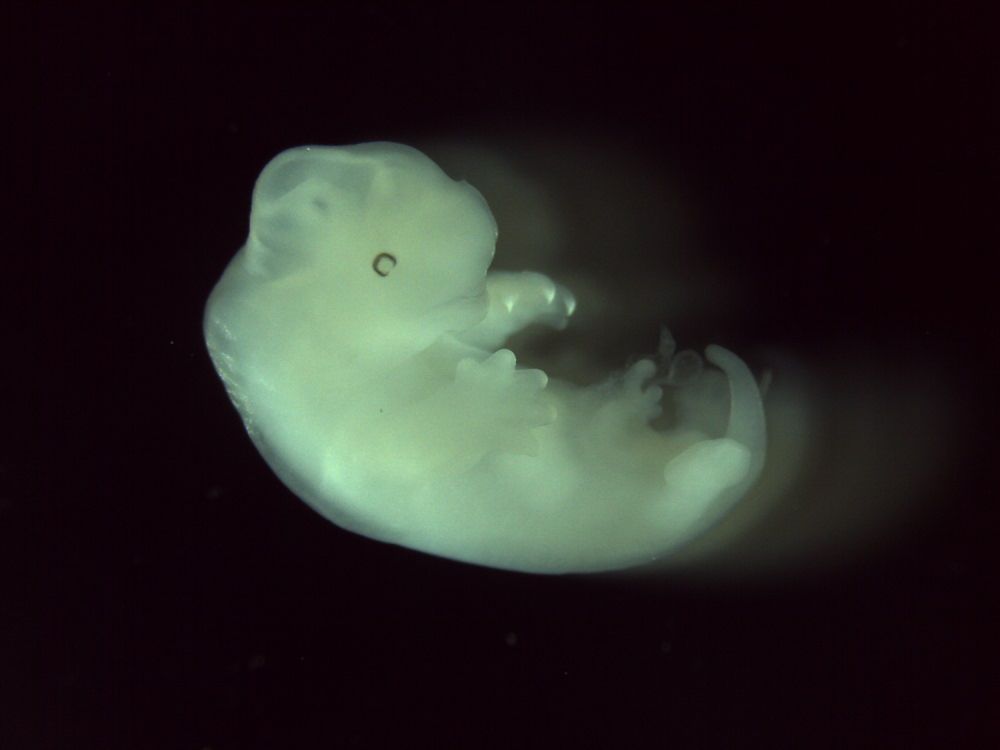
In opossums, gene expression follows familiar rules but at a strange pace
The arms and heads of opossums (pictured here one day before birth) and other marsupials develop faster than their legs and back bodies. Image credit: Sergio Menchero Fernandez/ Francis Crick Institut...
www.pnas.org
Reposted by Ben Steventon
Toby Andrews
@tobyandrews.bsky.social
· Aug 6
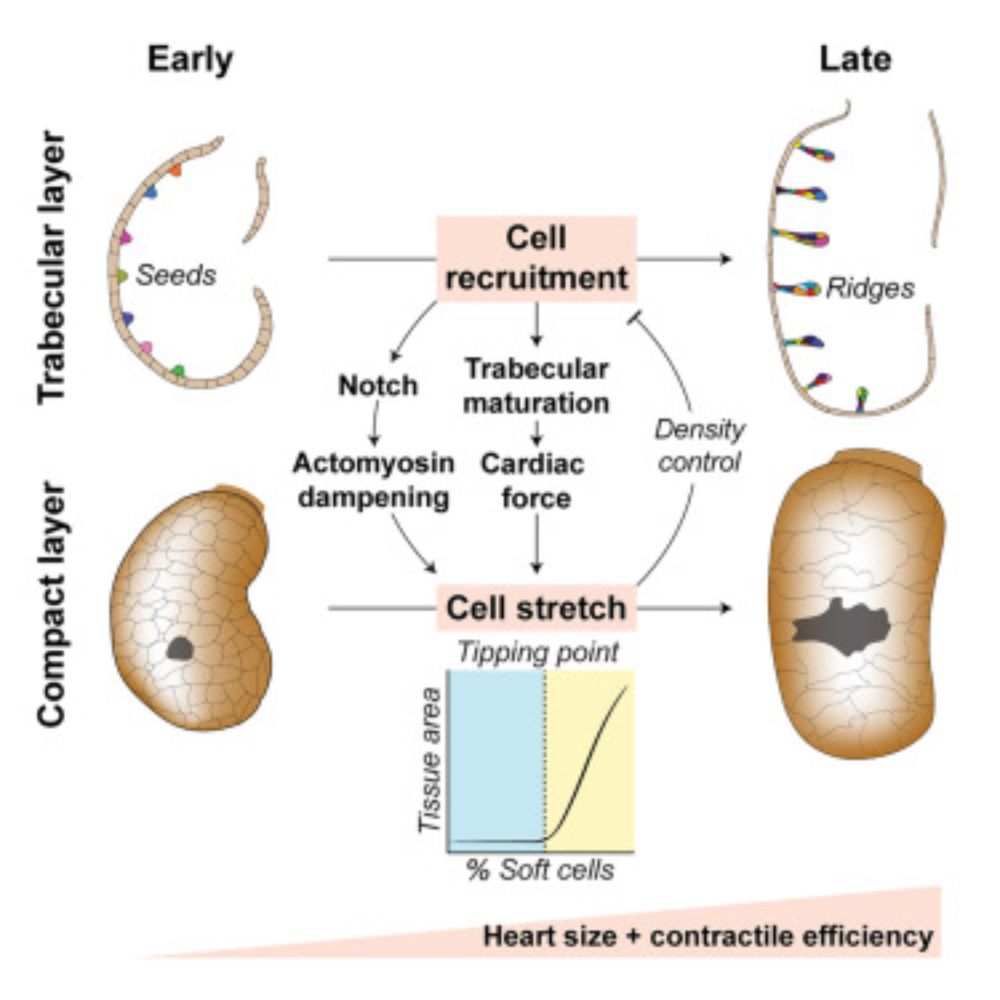
Mechanochemical coupling of cell shape and organ function optimizes heart size and contractile efficiency in zebrafish
Andrews et al. demonstrate that multiscale feedback between mechanical and chemical
cues builds a functional heart to support zebrafish embryonic life. Cell recruitment
and organ-scale forces drive tr...
tinyurl.com
Reposted by Ben Steventon
Reposted by Ben Steventon
Reposted by Ben Steventon
Sergio Menchero
@sermenchero.bsky.social
· Jul 24
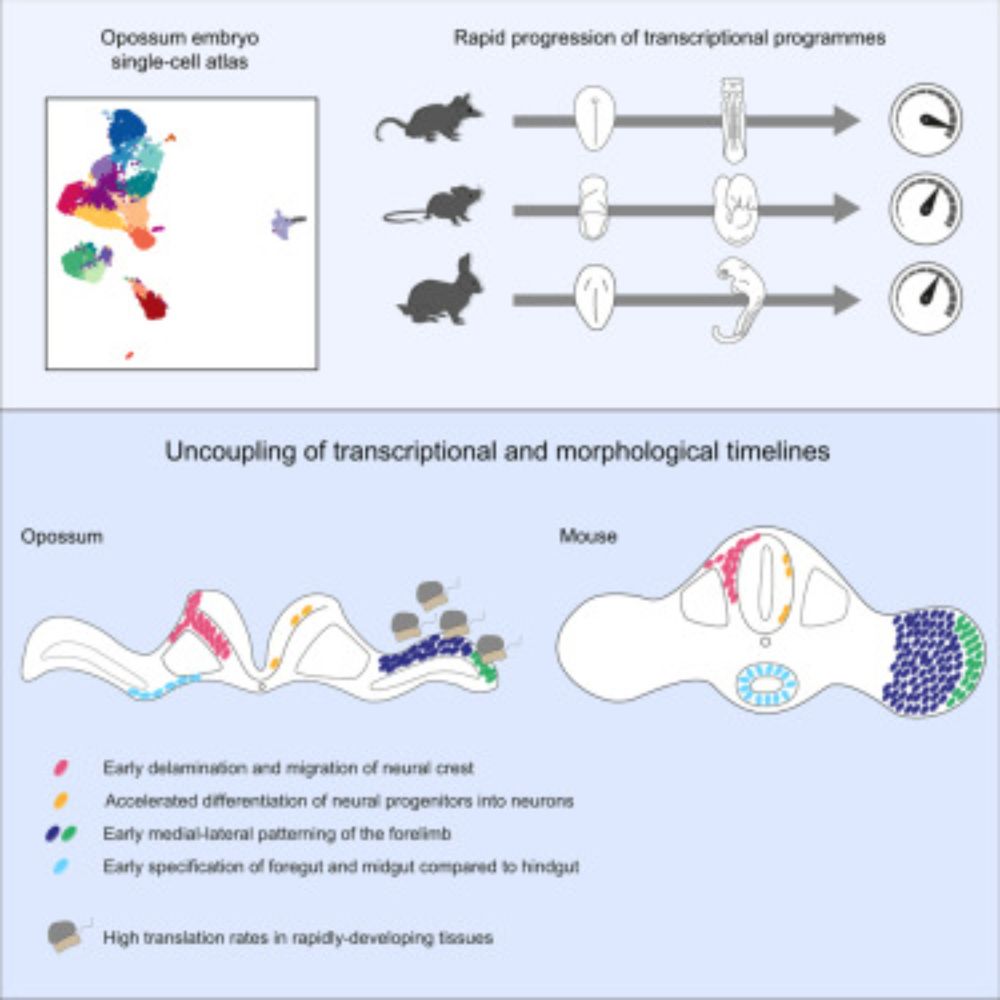
Marsupial single-cell transcriptomics identifies temporal diversity in mammalian developmental programs
Menchero et al. generate a single-cell transcriptomic atlas in the opossum and show
rapid progression of transcriptional programs in specific tissues relative to morphological
landmarks. This shift in...
www.cell.com
Reposted by Ben Steventon
Reposted by Ben Steventon
